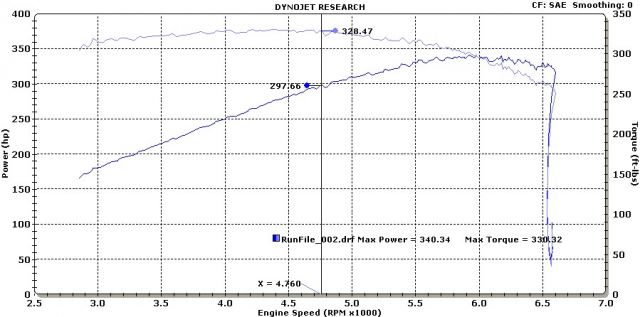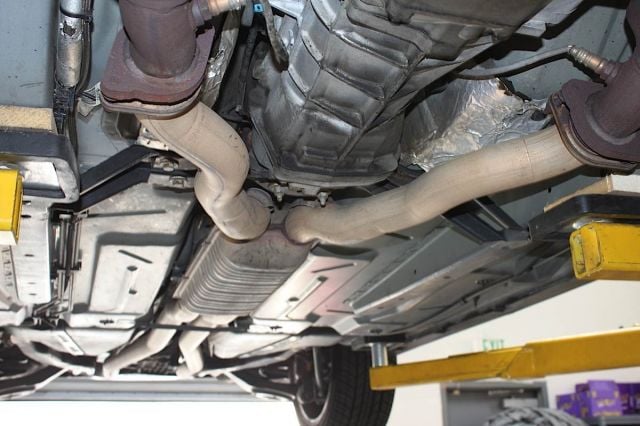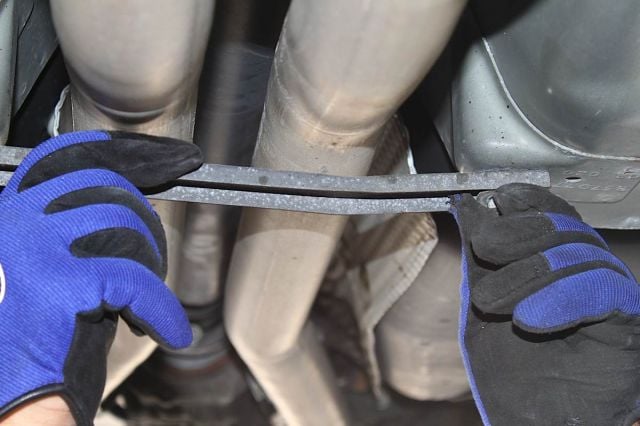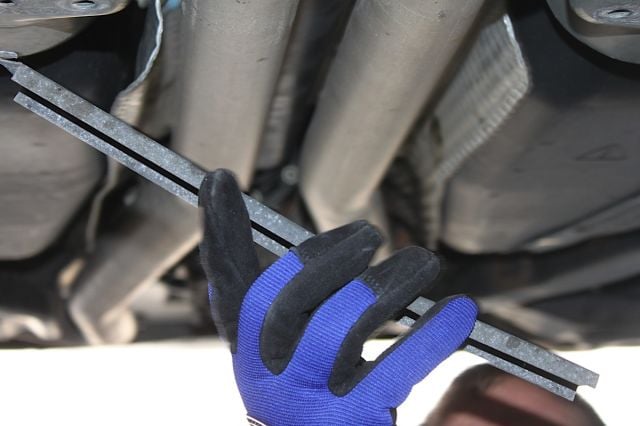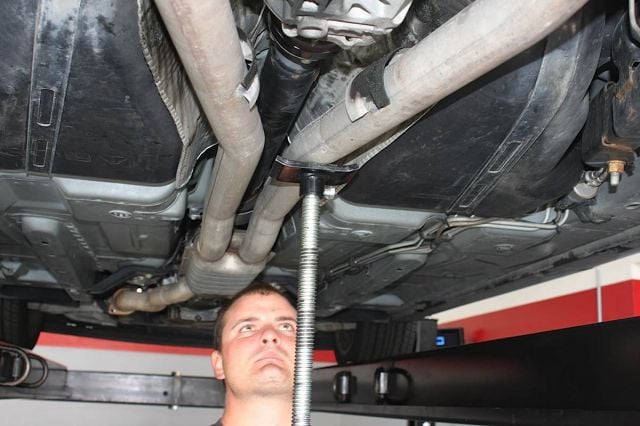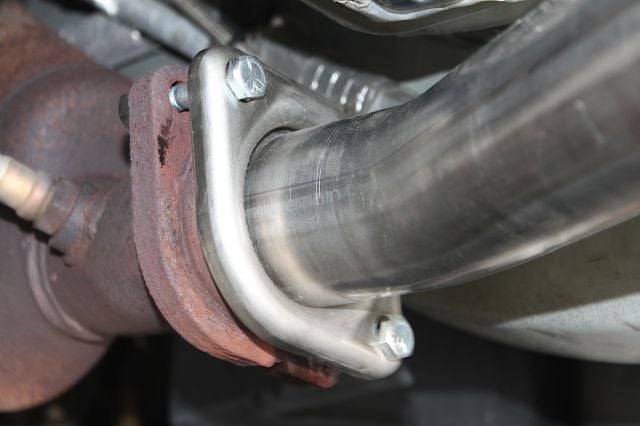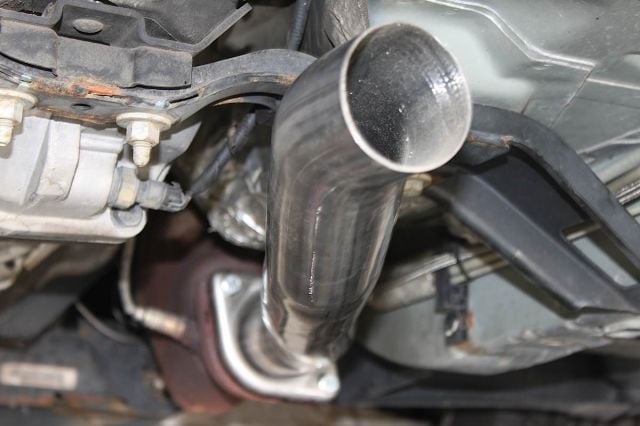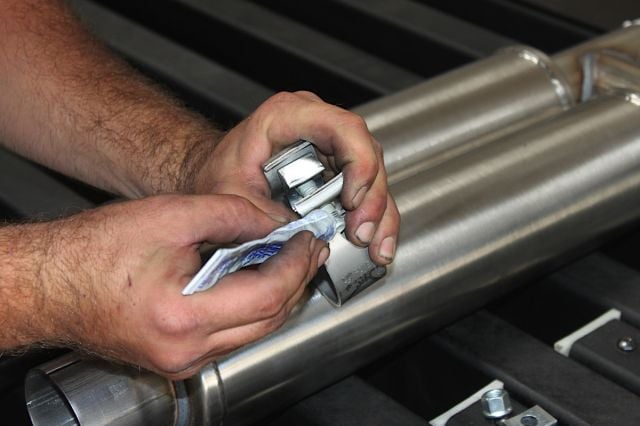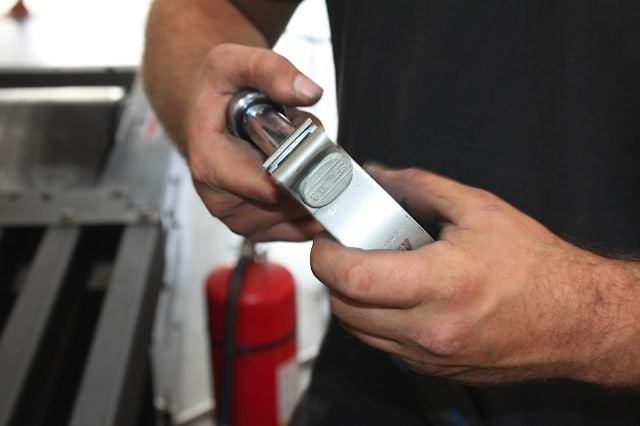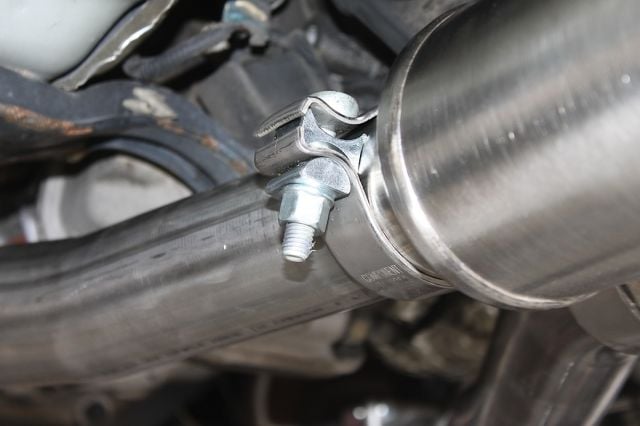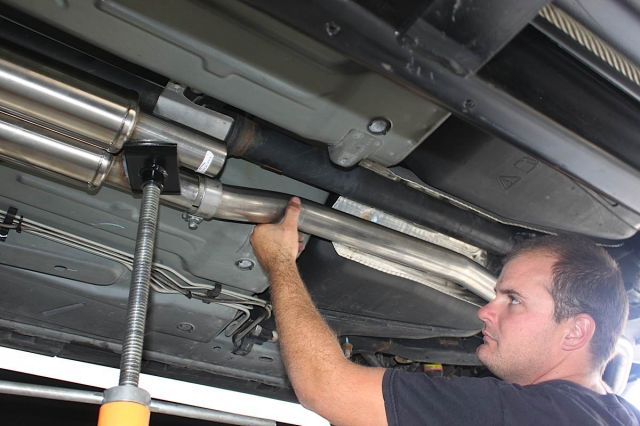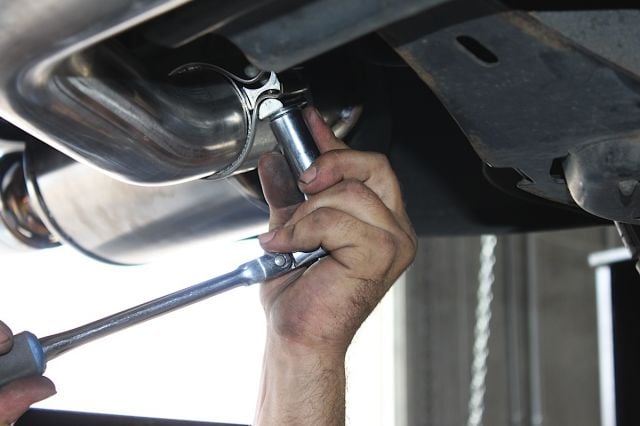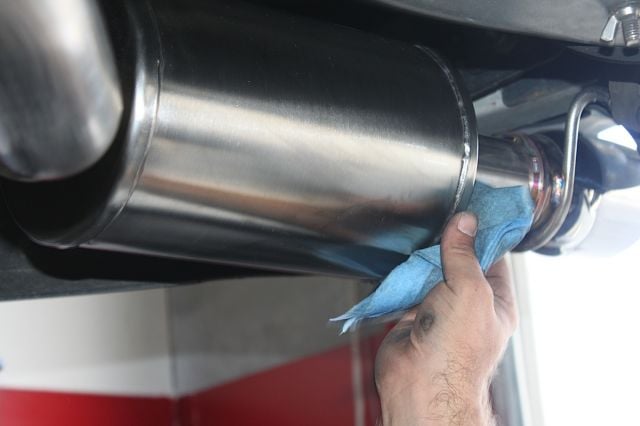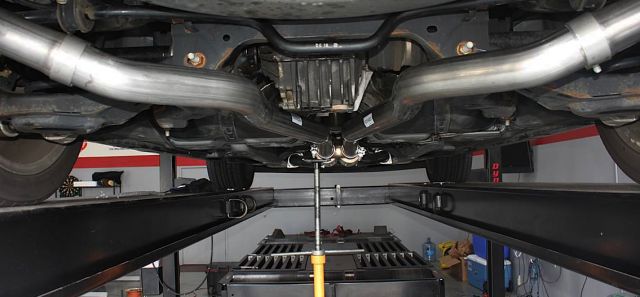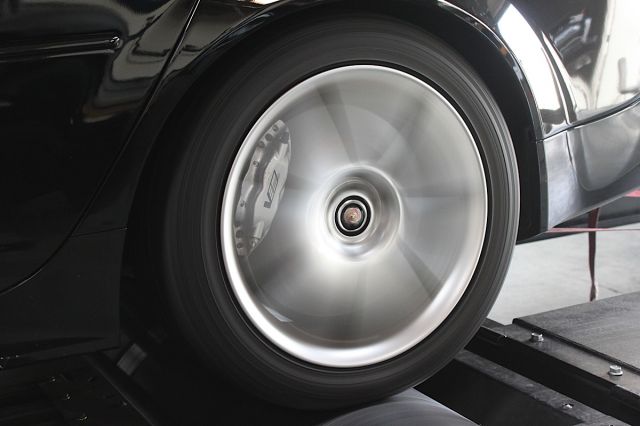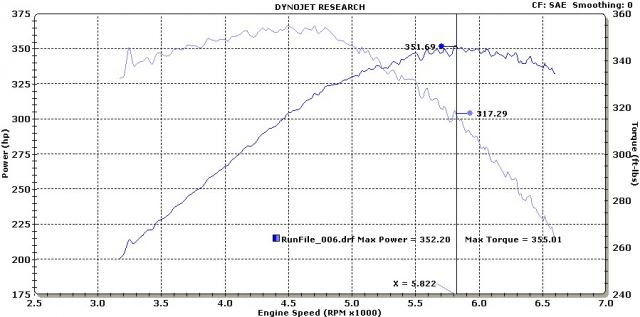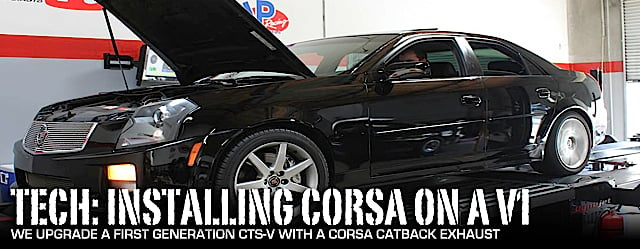 [1]Since its launch by GM in 2004, the high-performance Cadillac CTS-V luxury sedan, with pushrod V-8 OHV LS power and sport-tuned suspension, has given Audi, BMW and Mercedes steep competition on the track and the showroom floor. With the high-performance second gen CTS-V model of the 2012 CTS retailing for around 70-large, many enthusiasts still only dream of owning such a car. Luckily for the dreamers, the secondhand market for the first generation CTS-V offers an entry point for a song, by comparison. Looking through the classifieds, you can pick up the early LS6 or LS2 models, built between the 2004-2007 model years, for less than $20k.
[1]Since its launch by GM in 2004, the high-performance Cadillac CTS-V luxury sedan, with pushrod V-8 OHV LS power and sport-tuned suspension, has given Audi, BMW and Mercedes steep competition on the track and the showroom floor. With the high-performance second gen CTS-V model of the 2012 CTS retailing for around 70-large, many enthusiasts still only dream of owning such a car. Luckily for the dreamers, the secondhand market for the first generation CTS-V offers an entry point for a song, by comparison. Looking through the classifieds, you can pick up the early LS6 or LS2 models, built between the 2004-2007 model years, for less than $20k.
CORSA CTS-V Sport Cat-Back Exhaust System (PN 14155) [3] Features:
- 2.5-inch mandrel-bent tubing
- low-restriction resonators
- two high-flow mufflers
- 4-inch polished tips
- hardware and instructions
The first mod most enthusiasts make to their new (or new-to-them) performance car is typically an aftermarket exhaust system. It’s considered a “gateway modification” leading to bigger upgrades, like superchargers and engine swaps, down the road. An exhaust system upgrade improves the exhaust note and increases fuel efficiency and horsepower, while improving the overall look of the ride.
A high-end performance luxury car like the Cadillac CTS-V does deserve the best, and shouldn’t be left sounding like a straight-piped pickup truck. For the right sound, quality, and performance, we’ve turned to CORSA Performance [4] for their cat-back “Sport” exhaust system (PN 14155 [3]), custom designed for 2004-2007 CTS-V’s V-8, for both the 5.7L LS6 and 6.0L LS2 models.
Introducing Our Test Subject
We’ve had our own 2006 CTS-V in the Power Automedia [5] stable for almost three years. This Caddy’s been all over the country, traveling through all types of weather, and has accrued over 117k miles in the process. It’s already been repainted and lost its “V” badges along the way. Feeling like we’ve neglected this special car for far too long, we came to the consensus it was long overdue for some heartfelt attention.
Despite the fact our LS2 was originally purchased as a stock daily driver, we couldn’t deal with the boringly-quiet OEM exhaust anymore. The factory stainless steel pipes, standard on our V, came equipped with a reasonably efficient design, but they don’t exactly provide what we would consider a performance-oriented sound. So, like most enthusiasts, we decided an exhaust system upgrade was the right starting point for modifying ours.
Like every other car that came equipped with an LS-series engine from the factory, the CTS-V has a large number of aftermarket parts backing it. Strangely however, the V-series Cadillac has a limited selection of exhaust systems to choose from, so we turned to CORSA Performance, a market leader in premier engineered RSC® exhaust technology and parts, since 1998.
Getting a Baseline
Like the standard OEM exhaust, the CORSA CTS-V Sport Cat-Back Exhaust System is made from stainless steel; however, it eliminates the restrictive factory style resonator and mufflers that do nothing but quell the roar of its powerful engine. Our LS2 CTS-V is equipped with a 6.0L V-8 engine, and despite having to haul 4,000 pounds, we still manage to average 23 MPG on the freeway. While not terrible fuel efficiency, with gas prices still in the stratosphere, naturally we’d like to see an improvement here. Luckily, CORSA’s exhaust is designed not only to improve performance in sound, but increase efficiency in fuel consumption, too.
Of course, we’re not just looking for a better growl and improved gas mileage; we want some power out of this deal as well. Prior to the installation of our new pipes, we established a baseline dyno run through our Dynojet [6] chassis dynamometer, to compare before and after performance in horsepower and torque. A brand new LS2 engine was rated with 400 HP at 6,000 RPM at the crankshaft, with the peak torque of 395 pound-feet. With the engine cool, we made a baseline run and saw 338.72 horsepower at the tires, and 329.66 pounds per feet of torque spinning the rollers. Factoring in the average driveline frictional loss between the engine and the tires equates to 395 horsepower at the crank, only 5 HP down after seven years of service and 117 thousand miles of adventure.
Inspecting Our CORSA System
Before surgery could commence on our beloved CTS-V, there were two things we had to do: tear open the CORSA box like 6-year-olds at Christmas, and contact CORSA’s Senior Engineer, Dan Lopez, for some perspective and insight on the beautiful piece of design we found inside. Dan has been with CORSA for quite some time, and offered his expertise for the modification process.
The CORSA CTS-V Sport Cat-Back Exhaust System came complete with the parts needed for the installation, including all of the hardware, clamps and bolts, along with user-friendly step-by-step directions. For the price of admission, we received a complete 304 stainless steel system, featuring 2.5-inch piping, low-restriction resonators, and dual high-flow mufflers with 4-inch high-polished tips that shine like chrome.
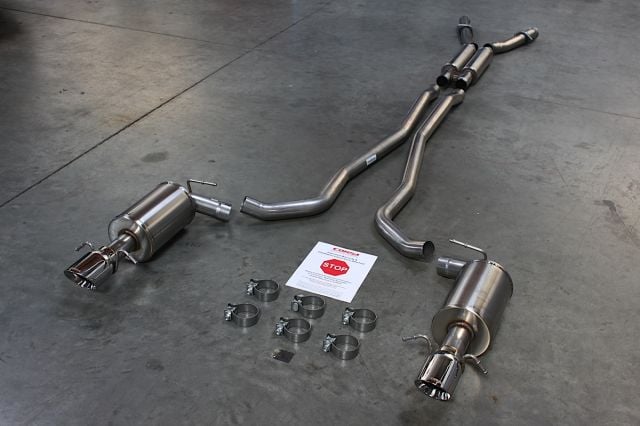 [2]
[2]Our CORSA exhaust came complete with everything needed for the install, including all of the hardware, clamps, and instructions.
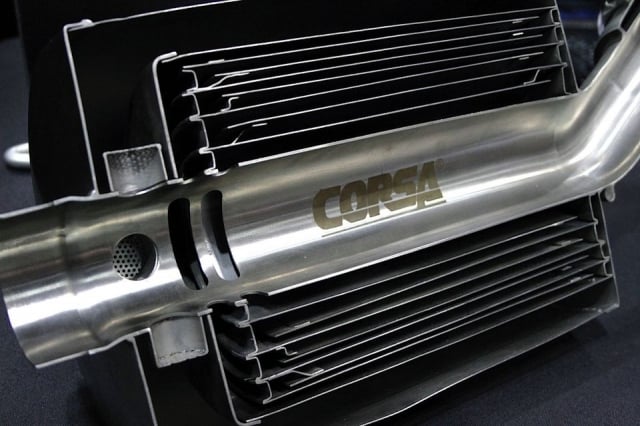 [8]
[8]Corsa’s RSC technology is specifically tuned for each application – no one-size-fits-all solutions here!
When we asked Lopez to better describe just how RSC works, he was happy to indulge us by saying, “Our patented [RSC] technology sets CORSA apart from the rest by allowing us to have a free-flowing, straight-through system and actually tune the acoustic output to what our customer wants. Other methods such as baffles or packed muffler designs reduce and suppress a broad range of frequencies to attenuate the exhaust note, but that results in a flat muted sound across that whole tonal spectrum and adds restriction to the exhaust path.”
He continued, “We are able to use our RSC technology to reduce only the frequencies that contribute to interior drone and allow the remaining natural tones the engine produces pass through without restricting the exhaust flow path. This is key to produce our signature deep tone and produce the most efficient flowing exhaust to provide maximum horsepower, torque, and increased miles per gallon.”
Our CORSA kit included all of the components necessary for installation, except the tools, workshop, and technician. That’s where the Power Automedia state-of-the-art garage, tools, and tech team came in.
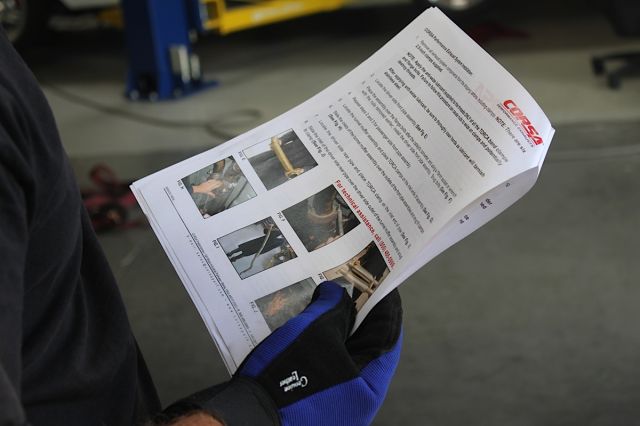 [9]
[9]We utilized CORSA’s instruction booklet throughout our installation. It includes plenty of color photos, along with tons of tips and tricks.
Out with the Old
The CORSA instruction booklet includes details about the CTS-V’s existing exhaust configuration, with step-by-step instructions on proper order and technique for replacing each component. It features plenty of color photos, along with tons of comprehensive tips and tricks. We utilized CORSA’s instruction booklet throughout our installation.
While a crafty quadrant of jack-stands will work for this type of modification, a lift provides safer and easier access. After placing our Caddy on the lift, the first order of business was to remove the existing OEM exhaust system. To our pleasant surprise, we found the existing system was attached with only four bolts in the front, and two exhaust hangers in the rear. We removed the two 10mm bolts holding the cross brace in place to remove all obstructions. It was a super simple affair that only required a 10mm socket and 3/8-inch ratchet.
Once those two bolts and the cross brace were removed, we focused our attention on the rest of the exhaust system. There were two 13mm bolts connecting each catalytic converter to the pipes, feeding into the OEM resonator, one on each side for each catalytic converter. After some heat with a torch, we were able to break each of the bolts free.
With the bolts out, two sets of hands on the job allowed us to remove the existing exhaust system as one piece, and set it aside.
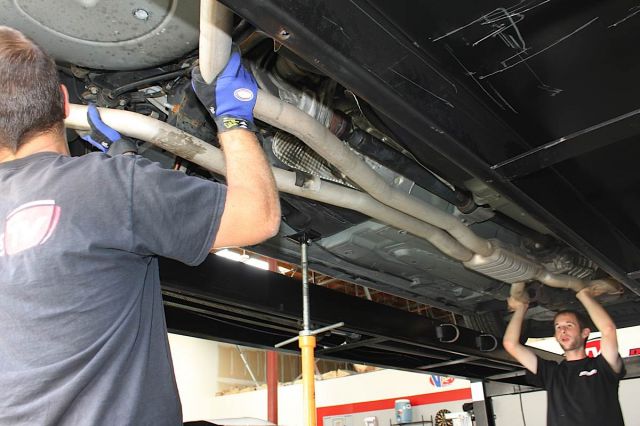 [10]
[10]Removal of the OEM exhaust system required nothing more than four bolts and two exhaust hangers. It was removed in one fell swoop.
The OEM CTS-V exhaust isn't the MOST restrictive system in the world, but it does leave a lot on the table in terms of sound and performance.
Before we could remove our exhaust, we had to get the cross brace out of the way. This was a really simple task that required the removal of two 10mm bolts.
Removing the exhaust consisted of supporting the exhaust while we removed the four bolts to the catalytic converter and the four exhaust hangers. Easy as pie...
In with the New
Installation of our new CORSA exhaust commenced with attaching the new pipes to the cats. Once we secured both connecting pipes in place with the four bolts provided, we attached the low-restriction resonator. The trick to installing a new exhaust system is not to torque everything down as you go, but to just snug the hardware into place for a solid hold, allowing you to make necessary adjustments later on. This is a common mistake made by many first-time enthusiasts. Leaving the bolts a little loose until you know everything’s where it needs to be just makes your life easier – saving time and energy.
We lined the connector pipes up with the resonator, and snugged down the clamps just tight enough to hold everything in its new place. With the resonator attached to the connector pipes, we could now mount our exhaust tubing used to feed into the mufflers in the back. Again, we followed along with the instruction booklet to ensure we were installing everything correctly.
With pipes in place, we attached our mufflers to the exhaust tubing and clamped them down. Then we connected the exhaust end of the mufflers to the car’s exhaust hangers. We checked the position of the exhaust tips, and incredibly, they required no re-positioning. We would like to think the ease and success of our efforts was the result of CORSA’s excellent precision engineering.
With our two connector pipes attached we were ready to install our high-flow resonator.
Prior to installing the new resonator, we grabbed the two clamps we needed to connect the resonator to the connector pipes. We lubed them up using the grease that CORSA sent us, and hung them on the resonator tubes to attach to the rest of our exhaust.
Our resonator ready for the next step...
Our final step was attaching the new mufflers and adjusting our tips. We wiped off the protective oil that CORSA coats the surface of their mufflers with before we lowered the car down.
Satisfied with the installation, we tightened all of our clamps down and shook various portions of the exhaust to see if anything was loose. After everything was tight and right, we re-installed our chassis cross brace and lowered the car back to the ground.
The first thing you notice about the CORSA exhaust (at least with the car parked) are the polished tips. We phoned Lopez for his suggestion on maintaining that mirror-finished look. He replied, “We suggest using glass cleaner, or a de-greasing solution, as chrome polish is too abrasive and will cause a haze on the material surface.”
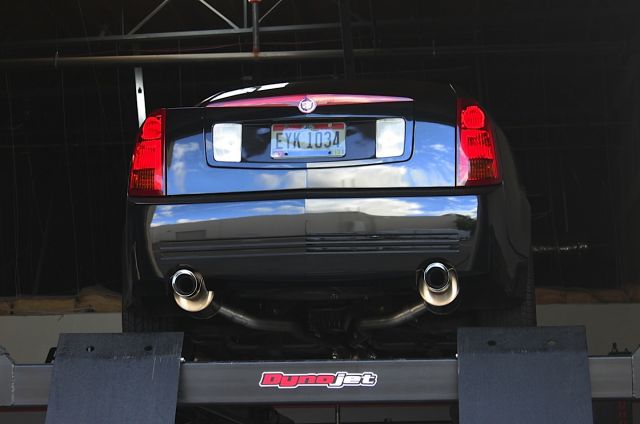 [31]
[31]As you can see from this rear angle, the CORSA kit directly replaces the OEM exhaust, while the larger 4-inch tips fit perfectly in the factory bumper cutouts.
Final Results
While we do offer our Xtreme series for some other demographics, the Sport exhaust for the CTS-V is directed towards the sports-luxury consumer. – Dan Lopez
With our new high-performance exhaust system installed, we were ready for a test drive. When we first fired up the LS2, we were immediately rewarded with a richer and throatier growl than we have ever heard from our Caddy. There was a much deeper tone, and an unmistakable burble that’s usually reserved for our more “performance themed” project cars. Thanks to CORSA’s quality fit and finish, there were no squeaks, rattles, or any other unwanted noises coming from our install; just the deep proper rumble of our V-8 engine to put a smile on our faces. This was our first score.
However, there are some things you should remember. First, the CTS-V is still a Cadillac, which means there are a number of purposeful sound-deadening materials inside the cabin (in the doors, behind the dash, under the carpet, etc.). As Dan Lopez best articulated, “While we do offer our Xtreme series for some other demographics, the Sport exhaust for the CTS-V is directed towards the sports-luxury consumer.”
So like an F-body or a Corvette, it’s going to be louder inside the cabin – but not so loud, that it ruins the conversation that you’re having with the person sitting next to you. Keep that in mind when you order this system for your Cadillac.
CORSA has had a lot of experience perfecting their patented Reflective Sound Cancellation technology with systems designed for late-model Corvettes, and it really shines in this application as well. Outside the car, the exhaust now has the head-turning sound we were looking for, but even at freeway speeds there’s no interior drone or intrusive noise. It’s really a win all the way around when it comes to the acoustic properties of this system.
Back on the Dyno
With the new exhaust installed and the engine cool once again, we made another pass on the Dynojet to compare to our baseline performance. The results, as it turns out, were well worth the wait.
Remember, after giving our Cadillac (with factory exhaust) its initial spin, we saw 338.72 HP, and 329.66 pound feet of torque spinning the rollers. For the fruits of our labor, we were rewarded with a peak gain of 12 HP, and over 24 pound feet of torque to the rear wheels, for a grand total of 350.66 HP and 354.03 pound feet. Obviously, we are pleased with these results.
The CORSA exhaust modification not only gave our Cadillac a sound more fitting of the LS2, but added significant seat-of-the-pants observable horsepower and torque in performance. Best of all, the system manages both of these benefits without compromising the civility of our Cadillac.

